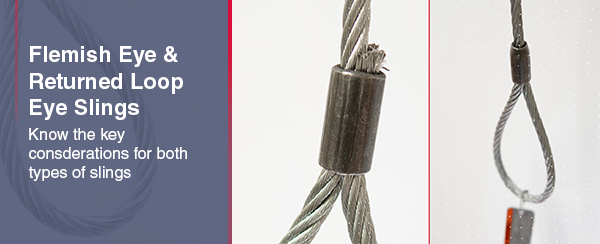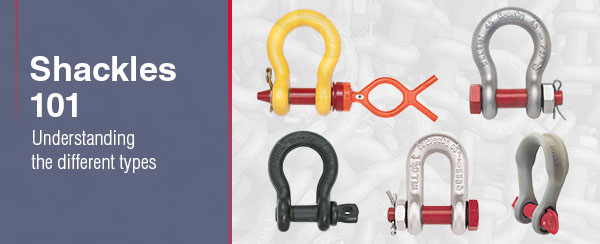Complete wind projects on time and within budget. Learn more about how Crosby Group solutions fit into every stage of the onshore and offshore wind industry, from component manufacturing to inspection and maintenance.
Read MoreKey differences between Flemish Eye & Returned Loop (Turn Back) Eye Slings
Danny Bishop compares two common types of wire rope slings.
The two most common types of slings used in material handling applications using single part six-strand wire rope are the mechanical spliced Flemish Eye Sling and the mechanical spliced Returned Loop Eye Sling. Some people call the Returned Loop Eye Sling a Turnback Eye Sling.
Read MoreShackles 101
Understanding the different types of shackles – the industry workhorse – with Danny Bishop
A shackle is a U-shaped steel connector with holes drilled into the ends for receiving a removable pin or bolt. Shackles are commonly used to connect the slings or load to a winch or crane block, for example. It is one of the most powerful, important, irreplaceable pieces of material handling equipment there is. The shackle “bow” is a word that refers to the U-shaped body of the shackle.
Read MoreQ&A: Hooks with latches, with Roger Ohman III
Roger Ohman III is the director of engineered solutions at Crosby.
Does OSHA require the use of latches on hooks?
It depends. There is no specific language that states you must always use a latch. OSHA 1910.181(j)(2)(ii) Derricks states, “Safety latch type hooks shall be used wherever possible.” 1910.184(c)(6) states, “Slings shall be securely attached to their loads.”
Using a latch would be one way of securely attaching a sling to its load. Other methods may be to use a shackle, or to “mouse” the hook using wire, but a latch is likely much more convenient.




